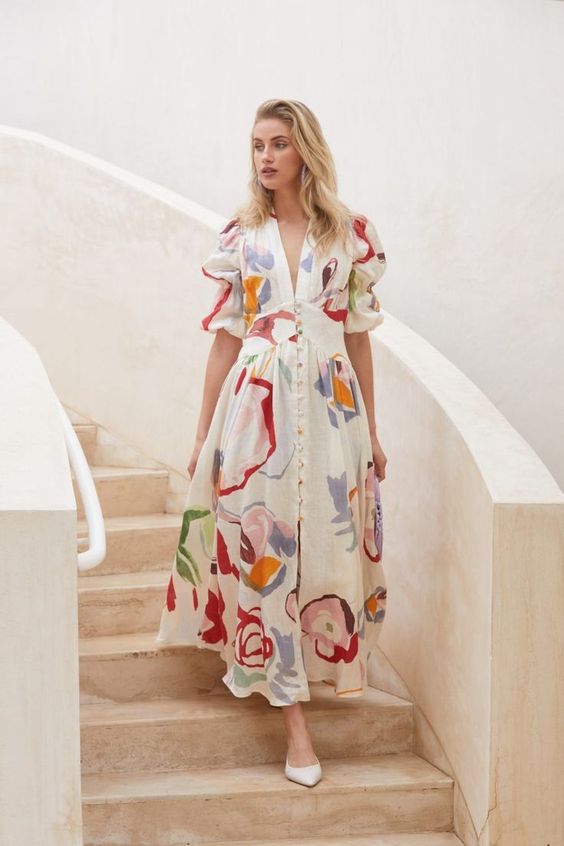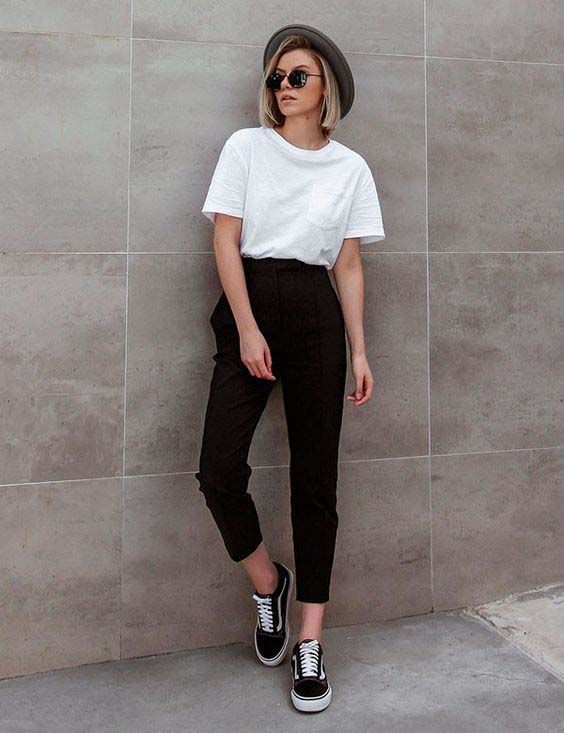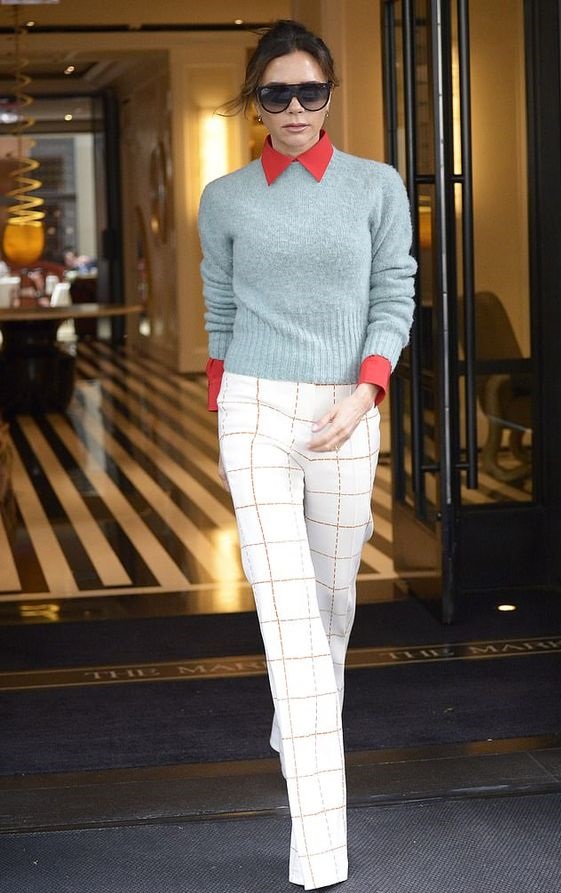Sisijoke.com – The fashion industry has undergone quite a few changes in the last century, and one of the biggest of these was the rise of clothing for women. In fact, in a way, this was responsible for the first “minor fashion” label. Poiret had been working for his tailor brother, Andree, a well-known designer when he suggested clothing for women line to his brother. His idea was that women would be able to wear the same clothing as men but in an attractive way. Women wanted to clothe that could make them look more feminine and attractive, while still maintaining their masculine qualities.
Women’s Clothing Is Very Popular Because It’s Versatile
The first clothing women wore were tweed skirts and blouses made of linen. This was before coats and dresses, which were even more popular. A variety of accessories also accompanied this clothing line. These included long skirts, dresses, and even tunics and girdles. Tunics were especially popular because they were so versatile. They were perfect for many purposes and at a number of times.

The summer in 1914 was a very hot, bright, and dry season, making it ideal for women to wear casual clothing. One of the first designs that women wore was a light cotton tunic, with a short, puffed sleeve and ribbed trim, worn over a light-colored shirt or dress. Because of its practicality, this style became known as the party dress.
Choosing the Color that Women Like
In addition to the light tunic and dress shirts, women also wore pants. They wore dark pants, dark leather pants, and dark leather mini-dresses. These were called knee-high pants, knee-leg pants, or skirt pants. Although many modern designers have incorporated color into their pant styles, the original colors remained white, gray, and black – popular colors for women during this period.

Another clothing for women of this time period was a camisole. Camisoles had a thin, see-through design, and showed off a lot of the designer artwork etched in them. The material was usually silked with a pattern of ruffles. They were made from an Egyptian cotton tunic material. The polka dots which are sometimes found embroidered on a camisole is prove that it was not only for fashion but also for fashioning one’s self.
Reflecting the Changing Fashion Trends
During the Great War, however, clothing for women was an important fashion statement. During the war, clothing was worn by both men and women. Women of all ages, from their teenagers to their elderly grandmothers wore clothing. Their clothing reflected the changing fashion trends. For example, in order to be more available to be caught in the action, soldiers were issued clothing that had better material to withstand the rigors of combat.
The women of this time period also used clothing to create a more fashionable image. As the women and soldiers changed and developed different clothing styles and roles, clothing also changed. Trousers were no longer considered skirts and became the uniform of the soldiers and the women who wore them. Women wore pants much like men, with buttons on the front. Although they had trousers like men, they were shorter in length and a bit wider.

The fashion for clothing of this time period had to keep up with the trends and the designs needed to be unique. During the Great War, it was crucial to be able to wear clothing that could be worn by both sexes. That is why clothing for women during this time period had to include practicality, practical materials, comfort, and style. This fashion show is proof that clothing for women before the Great War was already considered fashionable.

